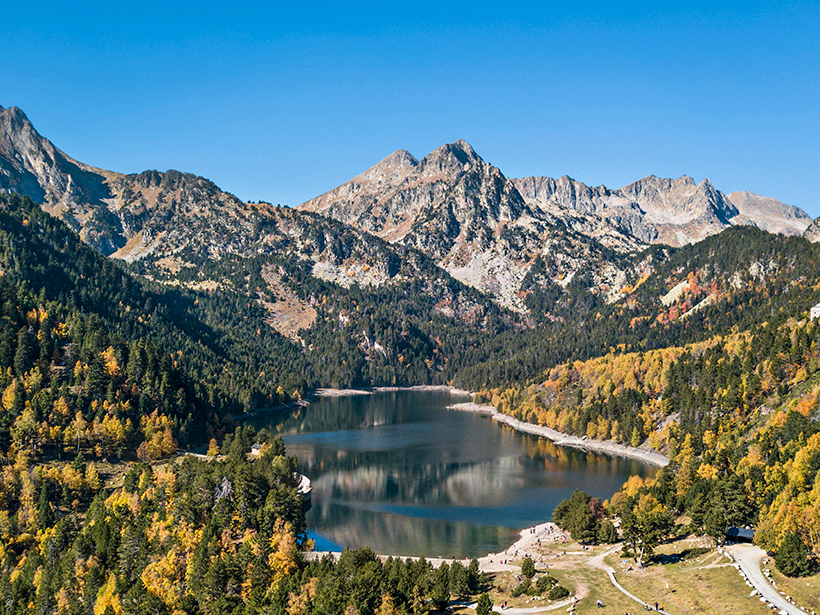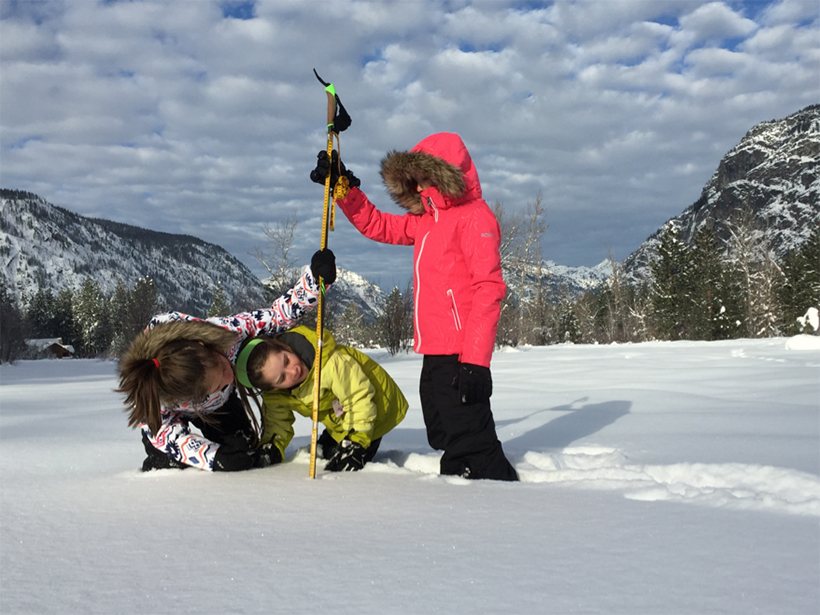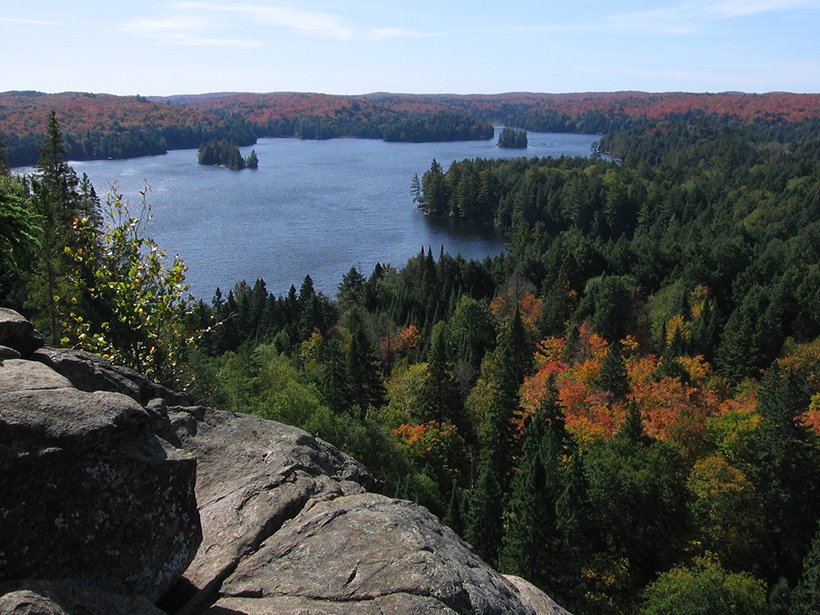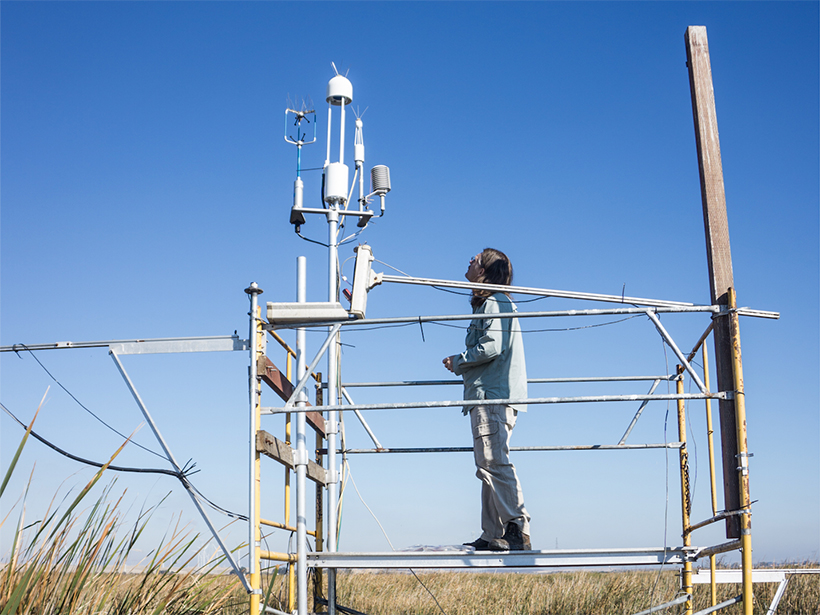Every time snow or rain falls, it brings with it microbes from high in the atmosphere. Could those microbes have a seasonal signal, just like the plants on the land below?
seasonal variability
Google Trends Could Help Scientists Track Allergy Season
Admit it: When your nose starts to run and your eyes itch, you search Google, too.
Crowdsourcing Snow Depth Data with Citizen Scientists
A new project harnesses the power of the winter backcountry recreation community to gather data that are vital to understanding snow, from winter hazards to water resources.
Seeing Mars in a Grain of Sand
The second phase of Curiosity’s campaign at the Bagnold Dunes brought new observations of windblown sands during Mars’s windy season.
Hydrology Dictates Fate of Carbon from Northern Hardwood Forests
As spring snowmelt and fall rains inundate northern hardwood forests with moisture, soil bacteria get moving and increase carbon exports to the atmosphere and into nearby water bodies.
Observing Winter Mixing and Spring Bloom in the Mediterranean
A new special issue of JGR: Oceans and JGR: Atmospheres presents new insights into the dynamics of dense water formation in the western Mediterranean Sea and its biogeochemical consequences.
Autumn Warming No Longer Accelerating Carbon Loss in the North
An analysis of Point Barrow’s 40-year record points to the importance of calculating the carbon cycle’s response to temperature during the northern latitudes’ non-growing season.
Budgeting Ozone-Depleting Emissions from Coastal Tidal Marshes
Brackish wetlands and their salt-tolerant vegetation are significant methyl halide emitters. The natural emissions add chlorine and bromine to the stratosphere, which break down ozone.
Restored Wetlands Could Lower Local Surface Temperatures
A 3-year study of wetlands and cropland in a major California delta highlights the need to consider the physical effects of vegetation when planning land use changes.










